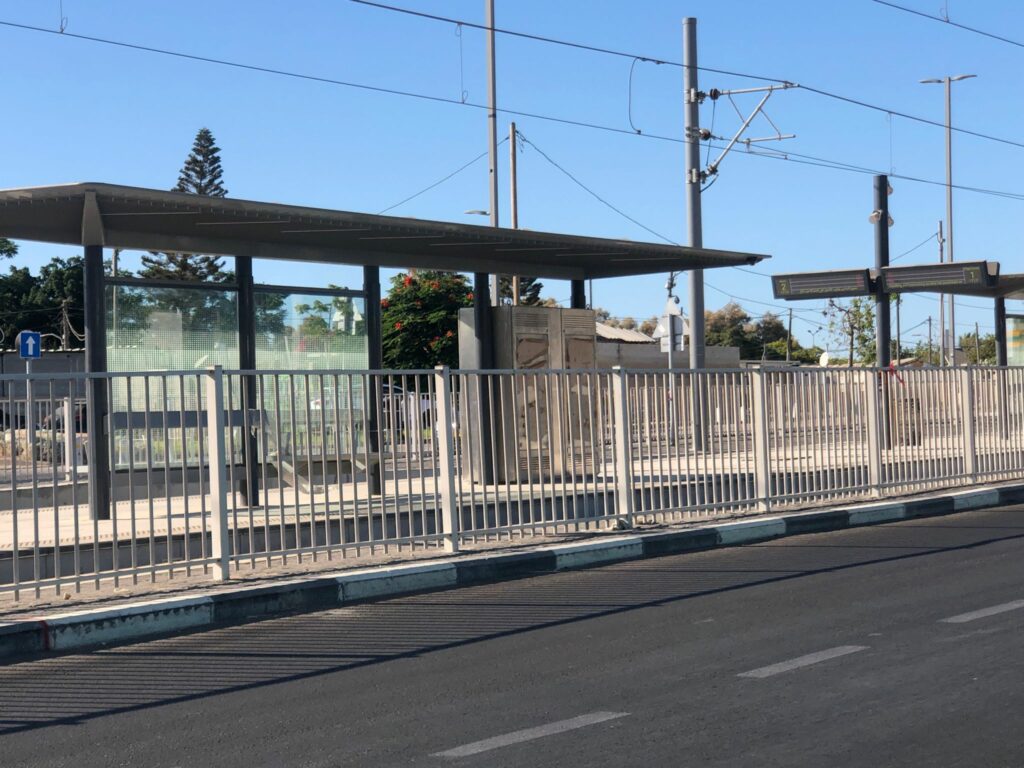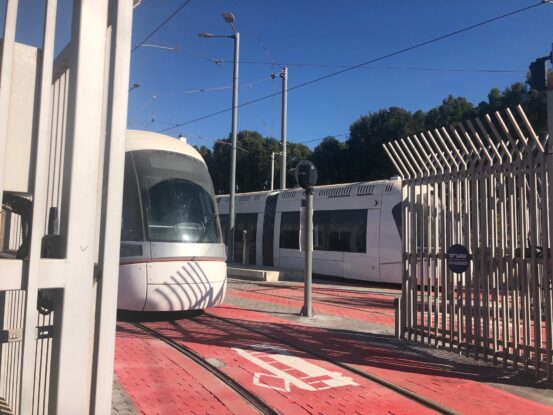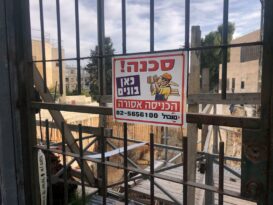While the future of Israel’s metro system is still unknown, from the end of this year, new light rail lines are expected to start moving through the heart of Israel’s metropolitan cities – from Tel Aviv and Jerusalem to Nazareth and Haifa! Buyitinisrael presents some of the most significant projects that are expected to transform the transportation culture in Israel. Bon voyage!
According to a well-known tale, as early as the 1960s, a French company submitted a proposal to the Israeli government to build a metro system in Gush Dan. The foreign company would be in charge of all operations for the first twenty years, after which point it would be transferred over to the State. Of course, the government refused the offer of a new transportation system in Israel. If it’s such a lucrative business, why wouldn’t Israel build it itself? As we sit for hours in traffic jams all over the country every day, we all personally experience the repercussions of this decision.
Nevertheless, 2022 is expected to be a historic year in the field of mass transportation in Israel. By the end of the year, the first light rail line in Gush Dan is expected to start rolling, and more and more mass transit lines are supposed to open in Gush Dan, Jerusalem, Haifa, and Nazareth later in the decade. Development should reach a peak in a decade from now if the Metro Law is passed and a real metro system starts operating in Gush Dan, some seventy years after the government rejected the French proposal. Read on to find out what transportation projects are on the go for the next ten years.
End of 2022: The Gush Dan Light Rail’s Red Line from Petah Tikva to Bat Yam
The first line of the Gush Dan Light Rail (known as the “Dankel”) is expected to begin operations as early as the end of this year. Partially above ground and partially underground, it will connect the cities of Bat Yam, Tel Aviv, Ramat Gan, Bnei Brak, and Petah Tikva. Its total length is 24 kilometers, of which twelve are below ground level. The line will have 34 stations, of which ten are underground.

2023: Extension of the Jerusalem Light Rail’s Red Line from Neve Ya’akov to Hadassah Ein Kerem
About a decade ago, Jerusalem’s Red Line made history as the first active light rail line in Israel. The original route, which is still running today, stretches about 14 kilometers, from Mount Herzl in the west of the city to the Pisgat Ze’ev neighborhood in the northeast. However, construction is currently underway to extend the line in both directions. At the northeastern end of the route, the line will be extended by 2.7 kilometers toward the Neve Ya’akov neighborhood, while at its western end, the route will be extended by 6 kilometers through the Bayit V’Gan, Kiryat Yovel, and Kiryat Menachem neighborhoods, all the way to Hadassah Ein Kerem Medical Center. When all is ready to roll, the total route will be 22.5 kilometers long.
2026: The Jerusalem Light Rail’s Green Line from Gilo to Mount Scopus
Jerusalem’s Green Line is expected to be the second light rail line running in Israel’s capital, connecting the Gilo neighborhood in the south of the city and the French Hill neighborhood, and the Hebrew University campus on Mount Scopus in the north. The line will split off into several additional routes, spreading in the direction of the Talpiyot, Malcha, and Givat Shaul neighborhoods of the city. The Green Line will be about 20 kilometers long, with 42 stops along the way.
2027: Nofit – The Light Rail from Haifa to Nazareth
The most significant מק’ transportation project that will hit the north of the country in the next few years is a light rail connecting Haifa, Nazareth, and Nof HaGalil. This transportation revolution will bring the real “good news” to the Galilee! The 41-kilometer route will have 19 stations. On the Haifa end, the line will begin at the Lev HaMifratz Central Station, where it will continue to Kiryat Ata, Kiryat Bialik, Shefar’am, Bir al-Maksur, and Reineh-Mashhad, before reaching the Har Yona neighborhood in Nof HaGalil. From this point, as the route enters the cities of Nof HaGalil and Nazareth, the journey will change character, becoming a much more urban route with more frequent stops along the way.
The Gush Dan Light Rail’s Purple Line from Givat Shmuel and Yehud to Central Tel Aviv
The Purple Line is expected to be the second line moving along the Gush Dan Light Rail and the only one of the three that travels aboveground for the entire length of the route. The line is 27 kilometers long with 43 stations, beginning at Tel Aviv’s Savidor Mercaz Train Station, where it will also intersect with the Red Line. From there, the line will continue west towards the Tel Aviv coastline, and then turn southeast through the southern neighborhoods of the city, including Florentine and Hatikva, and onward to Givatayim and Ramat Gan. In the area of Sheba Medical Center, the line splits into two branches: a northern route that continues towards Bar Ilan University and the edge of Ramat Gan and Givat Shmuel, and a southern route that continues to Yehud-Monosson before stopping at Hatayasim Junction near Ben Gurion Airport.
2028: The Gush Dan Light Rail’s Green Line from Rishon Lezion and Holon to Herzliya
The third and longest line on the Gush Dan Light Rail is expected to start running about six years from now. The southern end will start from two locations, one at the Moshe Dayan Train Station in western Rishon Lezion and the other on Jerusalem Boulevard in Holon. The lines will then come together in northern Holon, and from there continue through the central areas of Tel Aviv, before splitting again in the northern part of the city. One branch will continue east to the commercial area and employment center of Ramat Hachayal, and the other will head north to the industrial area of Herzliya. The new transportation line in Israel will run a total of 39 kilometers with 62 stops along the way, four of which are underground.
2029: The Jerusalem Light Rail’s Blue Line from Ramot to Gilo
The third line that is expected to start running in the Jerusalem Light Rail is the Blue Line, connecting the Ramot neighborhood in the north of the city and the Gilo neighborhood in the south. Along the way, it will pass through the Har Hotzvim employment area, the vibrant downtown area, such as Agripas Street, and the prestigious neighborhoods of Rechavia and the German Colony. In total, the Blue Line will be about 31 kilometers long, with 53 stations, three of them underground.



